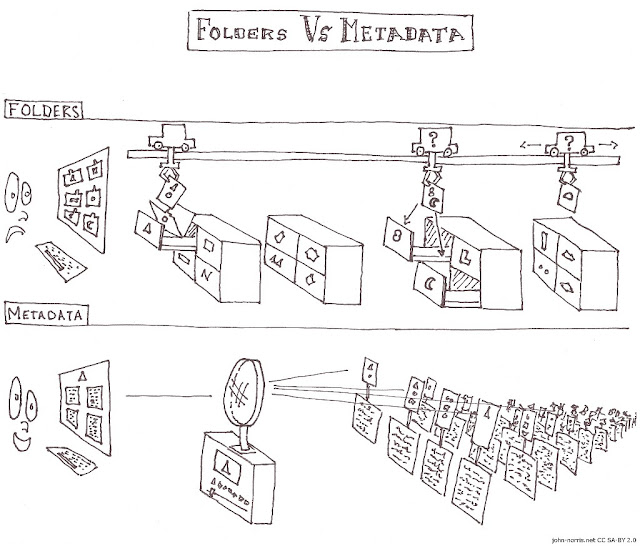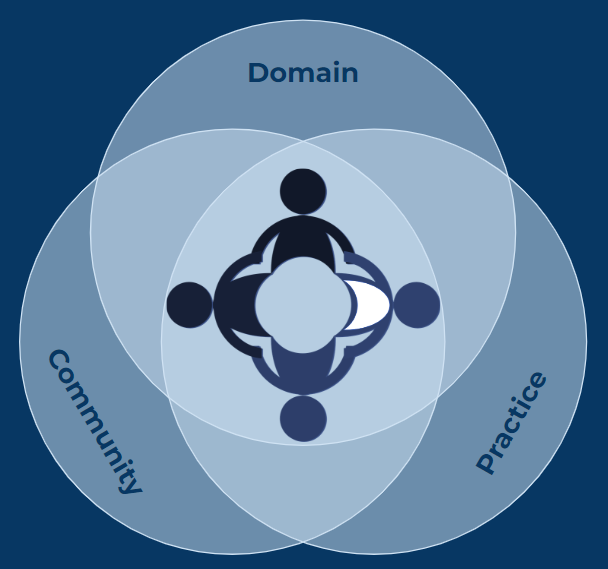Contribute
Is there an entry missing from the Glossary? Maybe you'd like to fix that!
- To submit a single entry to the Digital Skills Glossary please use the form towards the bottom of this page. You might like to compose it elsewhere and then copy-and-paste the text into the appropriate fields. Please make sure you read through the Guidance section before submitting anything.
- To get more involved in the Digital Skills Glossary please get in touch using one of the methods outlined on the contact page.
Guidance
Copyright, plagiarism & originality
- Anything you submit must be your own work (i.e. not copied from another website or a book, etc)
- It must be original (even if it is your own work, it must not have been posted or published elsewhere)
- Where a quotation is included you must explicitly state that it is a quote and provide a reference for that quote. A full academic reference is not necessary; it may just be an in-line link to an internet source or a footnote that provides necessary information to locate an offline source.
- Providing similar references for any assertions or assumptions that are made is encouraged.
- Any images used must be either:
- original, produced by you (in which case state that they are yours and that you are giving me the right to use them on this blog. This can be achieved by applying an appropriate creative commons licence to them), or
- cleared for use in this context (e.g. by way of a creative commons licence. You must provide appropriate licencing information along with any attribution that is required).
Structure
Please browse a few of the existing entries to get a feel for the general structure of posts. In general, they should include, in this order:
- Title: a simple statement of the word or phrase being explored. This may also include alternative words or phrases that mean the same thing.
- Introductory paragraph: this should allow a reader to gain a basic overview of the topic at hand, and could also serve as a reminder for someone revisiting the entry.
- An image: this must represent the topic as a whole or provide a visual representation of a key aspect of it.
- A more in-depth discussion of the topic: this should be a logically structured introduction to important aspects of the topic, including examples where appropriate in order to not only explain the theme in general but also put it into context for educators in general and heritage sector educators specifically.
- Next steps: 2 - 5 suggestions that readers may follow in order to continue learning about the topic. This may include challenges (e.g. if learning about blogs you might challenge them to write a blog post about a digital skill they have learnt), links to external courses, or other activities.
- Further reading: where to go to find out more information about either this topic or related themes. These should be separated into at least two categories:
- Related entries within The Digital Skills Glossary
- Sources available on the wider internet (these should be openly accessible and free where possible, explicitly stating where this is not the case)
- You may find that further categories are necessary if, for example, you want to refer readers to some books.
Word count
There is no hard-and-fast word count to adhere to, but you should aim to make entries a minimum of around 500 words in length. There is no upper limit for the word count: entries can use as many words as are necessary to get the point across but please remember that these entries should be introductions to the topic rather than a masterclass aiming to instil expertise in the reader! If a post feels like it is getting too long, it may be that it is worth breaking it up into multiple entries on more specific topics.








.png)

Comments
Post a Comment